Organizations are migrating content from other ECM systems into M365 for several reasons:
- Improved security: M365 offers features that some legacy ECM systems may not have, such as multi-factor authentication, encryption, and data loss prevention.
- Increased compliance: M365 complies with several regulations, such as HIPAA and GDPR, which can help organizations meet their compliance obligations.
- Enhanced collaboration: M365 includes several collaboration tools, such as Teams, SharePoint, and OneDrive, which can help organizations improve customer experience, communication, and teamwork.
- Reduced costs: Migrating can help organizations reduce their costs by eliminating the need for multiple platforms and any related licensing requirements.
- Improved scalability: M365 is a cloud-based solution, meaning it can be scaled to meet the needs of growing organizations.
- Simplified management: Moving from an on-premise to a cloud solution means organizations don’t have to worry about managing infrastructure.
Of course, the movement from other systems to M365 is not with its concerns:
- Is there a risk of vendor lock-in? Will switching be difficult if it becomes necessary?
- How secure is our most valuable data in the cloud?
- Can M365 alone really handle all of our records management and compliance requirements?
- How expensive will Microsoft licensing be at a large scale?
- Can we afford the cost and risk of migrating mission-critical ECM-driven process applications?
- Do processes or workflows exist that might need to be migrated or modernized?
- Are there any third-party tools to support migration or the new M365 environment?
- Which systems should we migrate, in what order, and which ones should we leave alone?
A migration from a functioning process platform – especially in a mission-critical application – must be carefully planned. While migrating content from legacy ECM systems to M365 can have numerous benefits, organizations should plan to address the following kinds of obstacles during the migration process:
- Volume of data: Organizations with large amounts of data may need help migrating all their content to M365 promptly and efficiently. Does data need to be migrated or merged from multiple sources?
- Complex migration process: Migrating content from legacy ECM systems to M365 can be complex and time-consuming, requiring careful planning and execution.
- Lack of resources: Organizations may need more resources, such as staff, time, and budget, to complete the migration successfully.
- Security concerns: Organizations may be concerned about the security of their data during the migration process.
- Downtime: The migration process may require downtime, which can disrupt business operations.
- User resistance: Employees resist change and may be unwilling to abandon existing systems.
LET DOCPOINT HELP YOUR ORGANIZATION EFFECTIVELY DEVELOP AND IMPLEMENT M365 SOLUTIONS
- Focusing on your overall environment, understanding your goals, and sharing key considerations as you interact with multiple stakeholders, applications, and processes.
- Providing a roadmap for how M365 will be used to achieve business goals.
- Helping organizations use M365 consistently and efficiently across the organization.
- Identifying and mitigating risks associated with M365.
- Aligning M365 with the organization’s overall IT strategy.
- Modernizing processes using best practices & technology which may include automation, RPA, and e-signatures.
- Ensuring that M365 is used in a secure and compliant way, such as information governance, lifecycle management, and reporting.
[Written by a human, with the assistance of Google Bard.]
Contact our industry experts today to help with your migration process. Call us at 301-490-7725 or send an email to info@docpointsolutions.com

